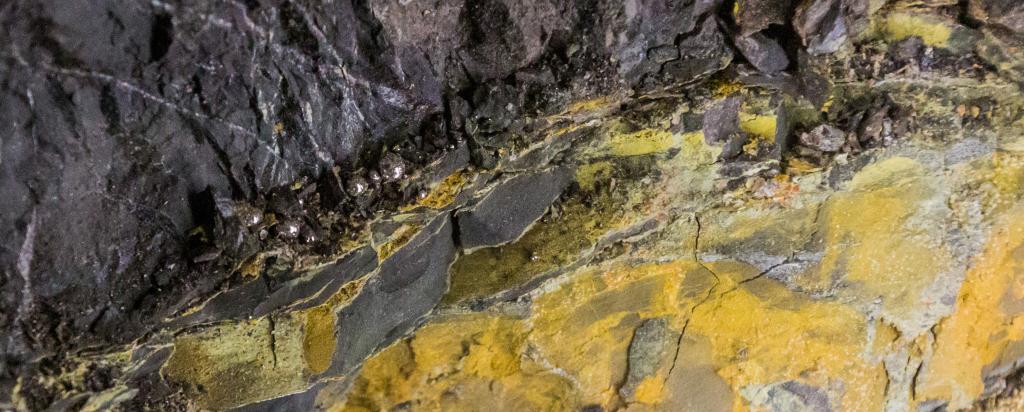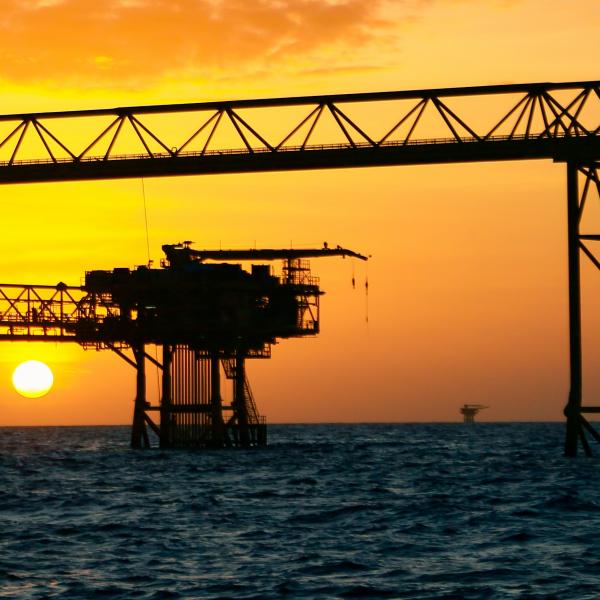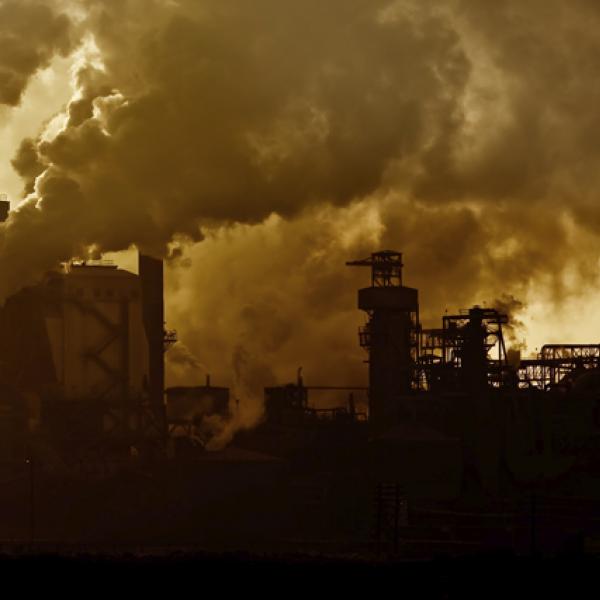
Following a successful application, ANSTO has become a partner in the United Nations Environment Programme (UNEP) Global Mercury Partnership.
With close to 250 partners from governments, IGOs, NGOs, industry and academia, the Partnership focuses on supporting timely and effective implementation of the Minamata Convention on Mercury, providing state-of-the-art knowledge and science, and raising awareness towards global action on the contaminant mercury.
“We are well positioned to use our capabilities in nuclear science and technology and expertise in the study of contaminants to support this important work for Australia and the global community,” said CEO Shaun Jenkinson.
The overall goal is to protect human health and the global environment from the release of mercury and its compounds by minimising and, where feasible, ultimately eliminating global, anthropogenic mercury releases to air, water and land.
It will encompass the development of non-mercury technologies where suitable economically feasible alternatives do not exist.
The partnership is expected to strengthen the capacity of developing countries and countries with economies in transition and facilitate the sharing and exchange of information among other activities.
ANSTO has extensive expertise and experience in identifying and quantifying the mechanisms that influence how contaminants move through the environment and affect living organisms, ecosystems and people.
Environmental research scientist Dr Tom Cresswell, who is an environmental toxicologist, will lead ANSTO’s activities relating to supporting the Partnership.
“ANSTO is currently researching the fate and potential impact of mercury from contaminated subsea infrastructure associated with the offshore oil and gas industry,”
“We are leading research on the key contaminants of primary concern, which include mercury that can accumulate on the internal surfaces of subsea gas pipelines,” said Dr Cresswell.
Source: World Health Organisation |


